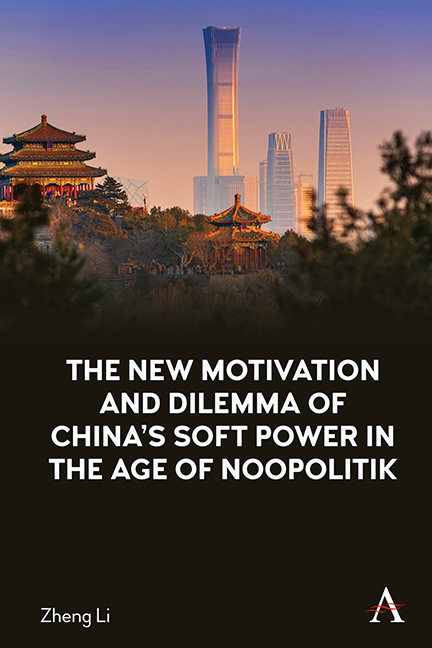Book contents
- Frontmatter
- Contents
- List of Figures and Tables
- List of Abbreviations and Acronyms
- 1 The Anti-Corruption Campaign and the Chinese Dream
- 2 Debating Governance and the Rule of Law: China’s Narrative and Images in Western Countries
- 3 Soft Power and Sharp Power in the Age of Noopolitik
- 4 Methodology
- 5 The Framing of Governance: the China Model and the Chinese Dream
- 6 When ‘House of Cards’ Meets ‘in the Name of People’: Framing China’s Anti-Corruption Campaign
- 7 Discussion and Conclusion
- Notes
- References
- Index
5 - The Framing of Governance: the China Model and the Chinese Dream
Published online by Cambridge University Press: 06 October 2022
- Frontmatter
- Contents
- List of Figures and Tables
- List of Abbreviations and Acronyms
- 1 The Anti-Corruption Campaign and the Chinese Dream
- 2 Debating Governance and the Rule of Law: China’s Narrative and Images in Western Countries
- 3 Soft Power and Sharp Power in the Age of Noopolitik
- 4 Methodology
- 5 The Framing of Governance: the China Model and the Chinese Dream
- 6 When ‘House of Cards’ Meets ‘in the Name of People’: Framing China’s Anti-Corruption Campaign
- 7 Discussion and Conclusion
- Notes
- References
- Index
Summary
Introduction
In this chapter, I will present the findings regarding China's domestic governance. The results were drawn through a modified framing analysis as described in Chapter 4. The findings will be presented by frame package, frame, devices and their proportion. Sixty-one reports were collected through judgemental sampling from China's newspapers. The analysis focused on the meanings and principles implied by China's intended narrative. Sixty-four reports were collected from the Australian newspapers. The related topics included China's human rights, economic development and environmental problems.
I interviewed 18 participants in 5 months. They generally come from three fields: media, government, academic institutions and think tanks. Each participant has China-related lived or work experience. Their profession includes China correspondent of Australian media, diplomats, researchers and policy advisors on China policy. Their expertise and research interests mainly include China's politics (10), China's economy (2), Chinese culture (4), China's legal system (2) and Sino– Australian relations (10).
Two participants were Australian diplomats in China and four have employment experiences for Australian media. The other participants come from dominant Australia academic institutions and think tanks, including the Australian National University, Lowy Institute, Australian Strategic Policy Institute and so on. All of them visited China before and some of them have long-term lived experiences as exchange student or company representative. Their opinions and suggestions are influential in Australia's China policy. Their social activities and publications also have a significant impact on ordinary Australian citizens who are interested in China.
The participants’ backgrounds and the detail of their experience concerning China are shown in Table 3.
China's Projection
Overview
Two frame packages were drawn from the reports: Socialism with Chinese characters and an alternative path of liberal democracy. They represent the two discourses embedded in China's newspapers. The proportions of each package and the frames are shown in Table 4.
The proportions of the two frame packages are similar. Socialism with Chinese characters (N = 42, 69 per cent) serves to introduce the characters and philosophies of China's model. It represents a discourse that the model is characterized by strong leadership, an open-minded attitude, flexible strategies and a pragmatic governing style.
- Type
- Chapter
- Information
- The New Motivation and Dilemma of China's Internal Soft Power in the Age of Noopolitik , pp. 97 - 128Publisher: Anthem PressPrint publication year: 2022

